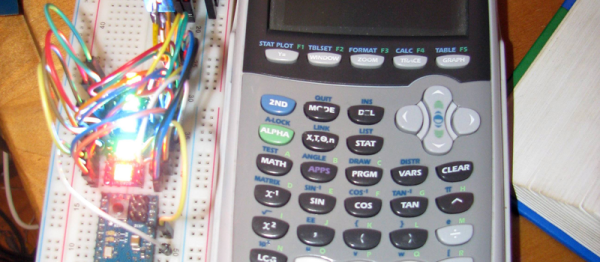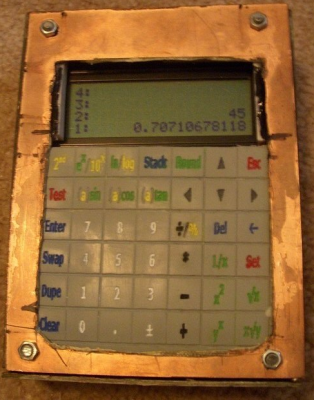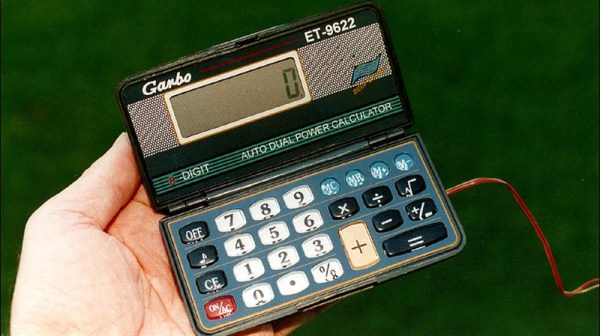For [Robert]’s entry into The Hackaday Prize, he’s starting off with some basic questions. What’s better than a Nixie tube? More Nixies. What’s better than a calculator? An RPN calculator. What do you get when you combine the two? A calculator that is absurdly large, even by 1970s desk calculator standards, uses a lot of power, and takes up too much space. Sounds good to us.
Nixies, at least when there are a lot of them, are tricky devices. They only draw about 50mA of current, but they only light up when above 150V. That’s only about seven watts, and it’s easy enough for the Arduino-heads out there to build a circuit to drive a few Nixies for a clock. Driving dozens of Nixies is a bit harder. For [Robert]’s RPN calculator, he’s estimating a little under 50W of power being dumped into this calculator.
With the considerable power considerations taken care of, [Robert] turned his attention to the display board. This is going to be a very impressive build, with 80 IN-12B tubes organized in four stack levels of twenty tubes each. The tubes will be controlled with the Maxim MAX6922 VFD driver. This chip has a serial interface, which means it’s relatively easy to have any microcontroller blink these tubes. And of course, it does double-duty as a clock.






















